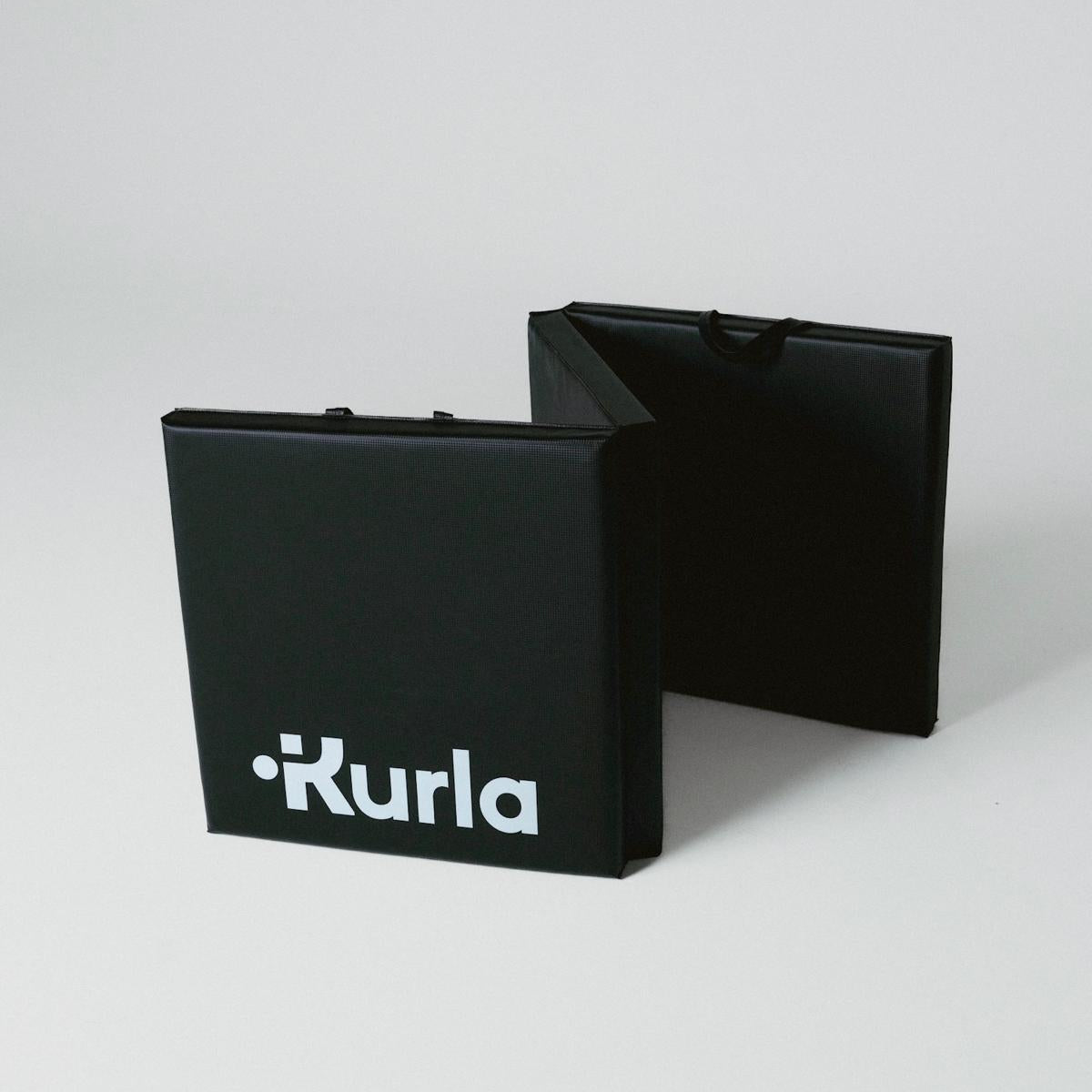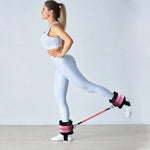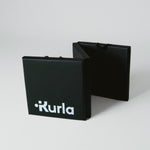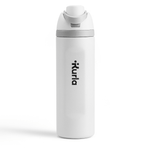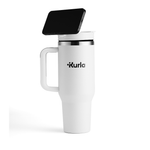
What Type of Exercise Mat Is Best?
Share
The best exercise mat is the one that fits your workout style, supports your joints, and stays stable under pressure. Whether you’re into yoga, HIIT, strength training, or stretching, your mat plays a key role in performance and injury prevention. Instead of going for the thickest or most expensive option, focus on how it responds to your movements. This guide breaks down what to look for—by material, thickness, grip, and intended use—so you choose the right mat the first time.
What thickness is ideal?
-
3–4 mm: Best for yoga or Pilates where floor feedback matters.
-
5–6 mm: Great all-rounder for stretching, low-impact strength, and stability work.
-
8–15 mm: Perfect for HIIT, jump-based moves, or if you have joint sensitivity.
Thicker doesn’t always mean better—too much cushion can throw off balance during standing poses or strength exercises.
What materials work best?
-
PVC: Durable and high-grip, but not eco-friendly.
-
TPE: Lightweight, recyclable, and firm.
-
Rubber: Excellent traction and comfort, slightly heavier.
-
Foam/EVA: Budget-friendly, cushioned, but wears faster.
Choose based on your workout style, environmental priorities, and how much support you need.
Grip and texture
Slippery mats are a safety hazard. Look for textured or closed-cell surfaces that offer anti-slip grip, especially if you sweat or move dynamically. Smooth mats may feel good initially, but they often shift and slide during movement-heavy sessions.
Durability and storage
If you train 3–5 times a week, your mat needs to withstand compression, stretching, and cleaning. A closed-cell foam or high-density rubber mat typically outlasts basic foam mats. Bonus if it's easy to roll up and light enough to carry or store.
Match your mat to your workout
|
Workout Type |
Ideal Thickness |
Material Recommendation |
Key Features |
|
Yoga / Pilates |
3–4 mm |
PVC / TPE |
Firm grip, floor feel |
|
Strength / Core |
5–6 mm |
TPE / Foam |
Balanced cushion + support |
|
HIIT / Plyometrics |
8–15 mm |
Closed-cell Foam |
Impact protection |
Real user advice
Many home fitness enthusiasts recommend testing mats in person if possible, especially to check slip resistance and thickness. Others suggest prioritizing portability and easy cleaning for daily use. The key takeaway? Choose a mat that works with your space and routine—not against it.
One expert tip that matters
A fitness gear analyst from Verywell Fit noted that users should prioritize grip over thickness—a mat that stays in place during motion is safer than one that simply feels soft. Source
Build the foundation of every workout
The right mat sets the stage for every movement, but your gear doesn’t stop there. For added intensity and functional resistance, pair your mat with smart tools like the Kurla Mat. It’s designed for stability, comfort, and durability—perfect for everything from yoga flows to strength sessions on the floor.
Final Thoughts
Choosing the best exercise mat isn't about buying the thickest or most expensive—it's about how that mat supports your body, movement, and goals. Think about your routine, flooring, and comfort preferences. When a mat stays grounded and supports your joints, your entire workout improves—starting from the ground up.
